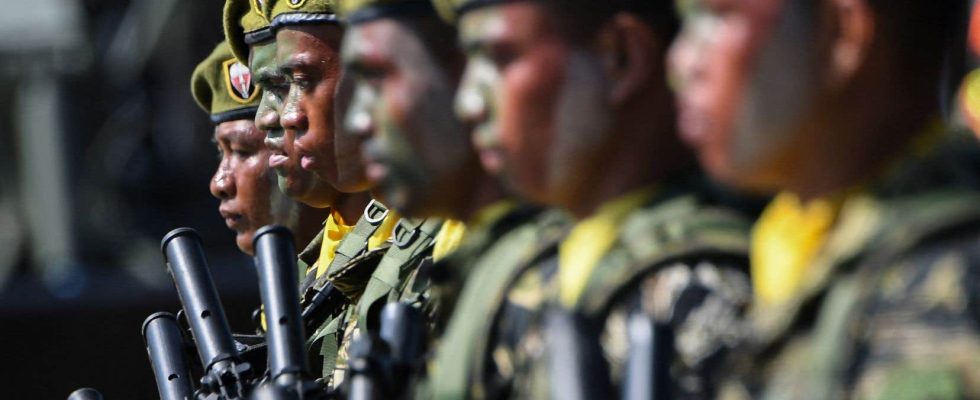Following in the footsteps of the United States, Canada is also preparing to sign a memorandum of understanding with the Philippines on defense matters, a beginning of collaboration between the two countries which should be on the program of the official visit of the Chief of Canadian diplomacy, Mélanie Joly, at the end of this week in Manila.
Canada thus hopes to align its foreign policy with that of its allies in this region of Southeast Asia by initiating, among other things, “discussions on its increased participation in military exercises, on the training of Filipino soldiers and on the strengthening the military capabilities of the Philippines”, indicated to the Duty a Canadian diplomatic source.
The agreement could be signed in the coming weeks, on the sidelines of the “Shangri-La Dialogue” defense summit of the International Institute for Strategic Studies (IISS), which is to take place from June 2 to 4 in Singapore.
Canada does not have a deep defense relationship with the Philippines or a foreign status of forces agreement allowing Canadian soldiers to be stationed on Philippine soil. The two countries have halted past discussions on the matter due to disagreements on the issue of human rights, among others.
It should be remembered that under the government of populist Roberto Duterte, until 2022, these rights have been largely flouted, particularly in the context of its ultra-repressive war on drugs, which has led to hundreds of kidnappings, extrajudicial assassinations and illegal arrests. Ottawa now believes that the climate would have changed.
In its recent report on human rights in the Philippines, the United States Department of State nevertheless finds that these violations persist under the new government of Ferdinand Marcos Jr. [des Philippines] investigated reported human rights abuses, including those committed by its armed forces and paramilitary forces, it says. But police impunity remains a concern” and “extrajudicial executions by the police” continue, the document also indicates.
For the moment, military collaboration between Ottawa and Manila is limited to the training of a handful of Filipino submariners, in order to help the Philippines increase its technical, institutional and military capacities necessary for the exploitation of submarines. , said the diplomatic source.
Last October, the Philippine Ministry of Defense indicated, however, that it had put aside its submarine acquisition program, judging that it was no longer a priority in the ongoing modernization of its armies.
As part of its Indo-Pacific strategy unveiled in November 2022, Canada plans to increase its naval and military presence in this region of the globe in the coming years, including in the South China Sea and the Western Philippine Sea. , in order to “mitigate coercive behavior and threats to regional security”.
The document describes China as “an increasingly disruptive global power” that “ignores” international rules and norms. Ottawa says it wants to “work with its partners to repel any unilateral action” that threatens the status quo in the Taiwan Strait and in the East and South China Seas.
This report was financed thanks to the support of the Transat International Journalism Fund.The duty.
